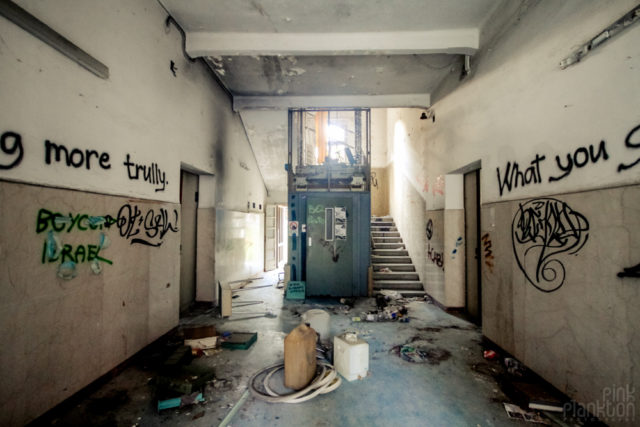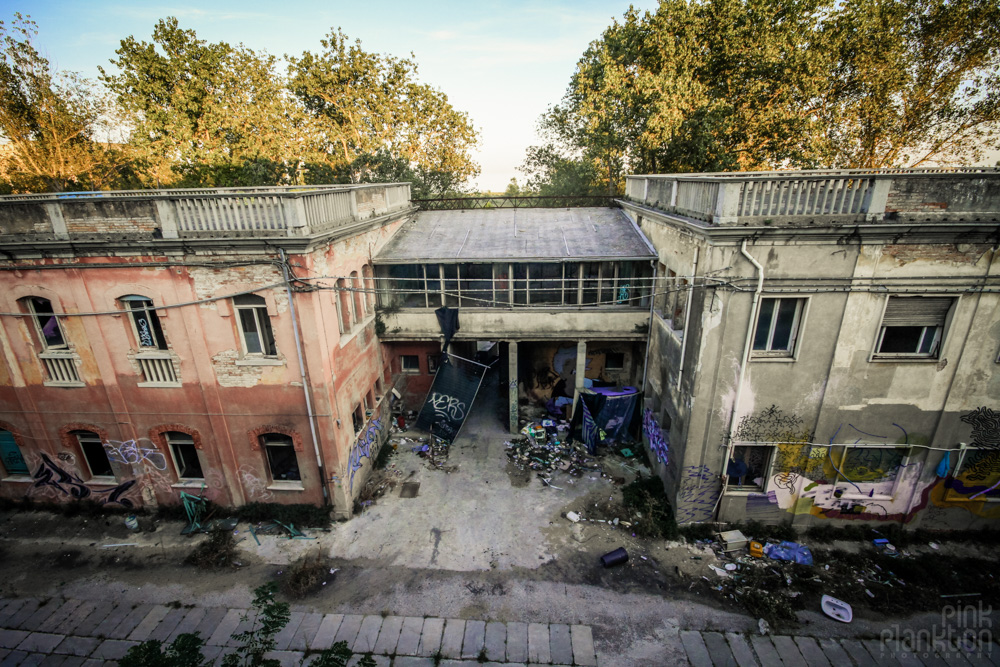On the Italian island of Lido in Venice stands an abandoned hospital called Ospedale al Mare, or the Hospital of the Sea. The hospital was known for its alternative treatment of tuberculosis. This medical center was the only one in the world that offered hydrotherapy and heliotherapy to its patients.
In the summer of 1868, a conference was held in Venice detailing the effect of tuberculosis on children. The issues resonated with the public and led to the construction of the Marino Hospice on Lido Beach. This was to be the forerunner of Ospedale al Mare.
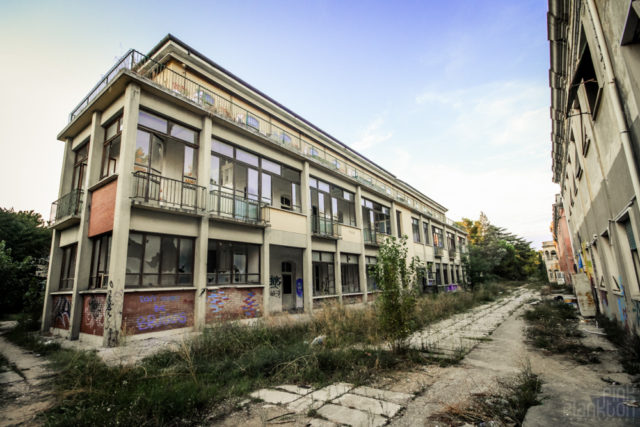
The construction lasted for two years, and when it was completed, the hospice had a capacity of 200 children’s beds. However, it soon turned out that this was not enough, and further donations enabled the hospice to increase capacity to 450 beds by 1873.
At this time, the value of the land around the hospice was skyrocketing. There was also a shortage of hospice beds for the population of Lido itself. Consequently, investments were sought to expand and transform the hospice into a larger medical facility.
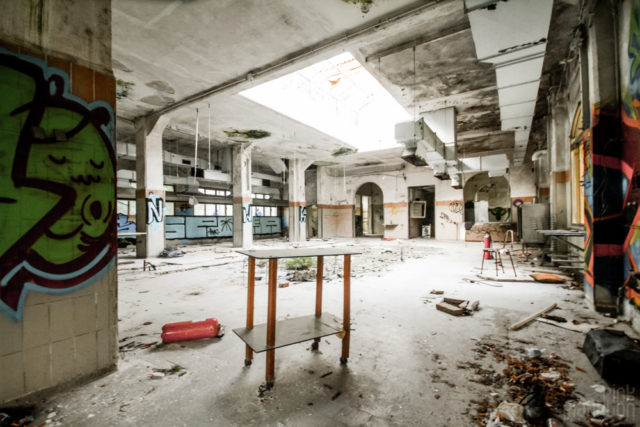
As a result, 22,800 square meters (27,268 square yards) of land and 500,000 square meters (597,995 square yards) of the beach were set aside. From 1923 onwards, the medical complex grew until it offered more than a dozen facilities on its premises.
The improved complex was named Ospedale al Mare. It boasted a large library, craft workshops, laundry, church, and stores. There was even a school located across two floors of the hospital, which began elementary classes in 1926 before the hospital was officially open.
Marino Hospice continued to function until the official opening of the hospital, which took place in 1933. The hospital’s unique treatments, such as hydrotherapy and heliotherapy, were only made possible thanks to the geographical location and the sunny climate of Lido.
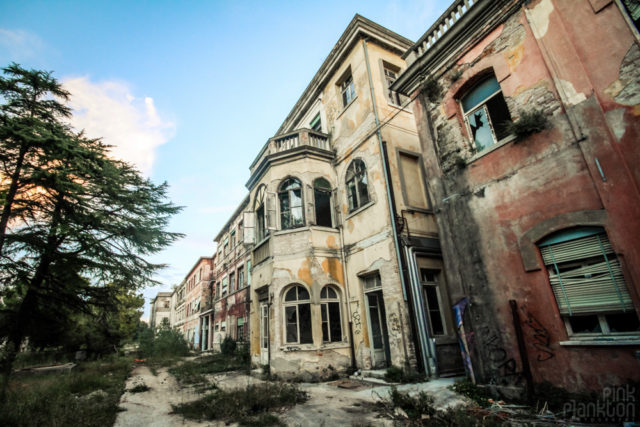
Ospedale al Mare was considered a first-class specialty hospital and became a leading treatment center for alternative medicine. In addition to the tuberculosis department, there were also departments dealing with orthopedics, pediatrics, and polio. The different departments were all named after benefactors.
The hospital site was also home to a meteorological station that ran from 1940 until its closure in 2003. The purpose of this station was to monitor the bioclimatic effects of the location on the hospital’s patients.
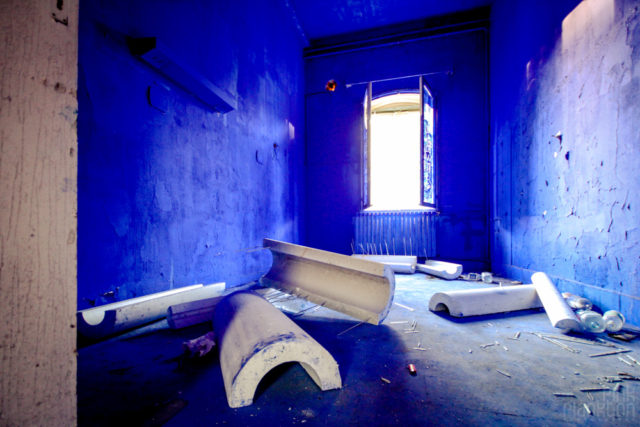
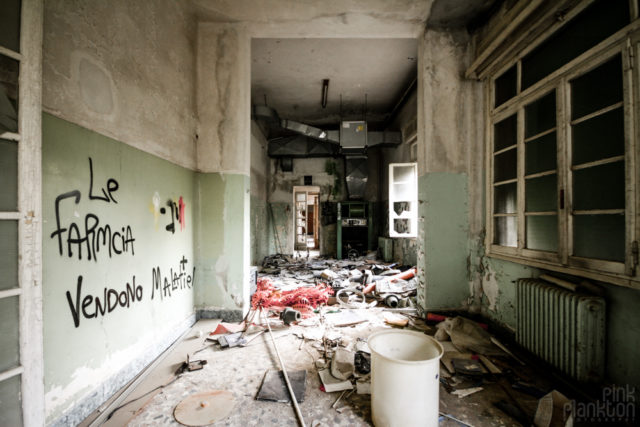
Donations also enabled the hospital to construct a theater to entertain hospitalized patients. Construction began in 1921, and the theater was built in several stages, in the Art Nouveau style. The theater was named Teatro Marinoni after the professor and researcher of international law, Mario Marinoni. However, it was also known as the Theater of Liberty.
The theater building had spacious windows, some of which contained stained glass depicting a winged lion. The ceiling boasted a mural of Neptune surrounded by cupids, created by the talented Venetian artist Giuseppe Cherubini.
Seating in the theater was in the form of various chairs and sofas. Patients could enjoy operas, orchestra recitals, plays, and later on, movies. Many patients had fond memories of it, but in 1975, the theater was forced to close due to difficult economic conditions.
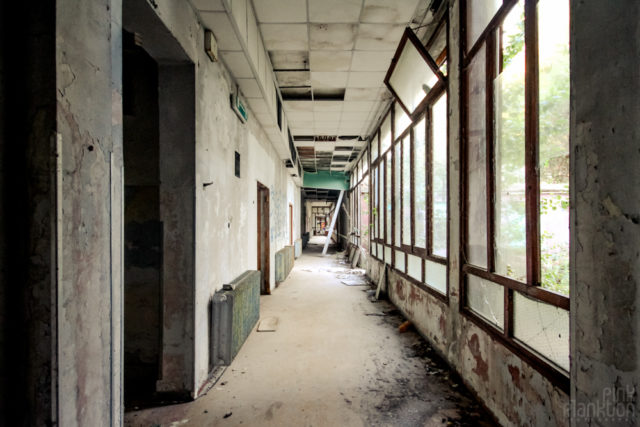
It wasn’t just the theater facing financial problems. From the 1970s onwards, some hospital departments were forced to close as well. In addition, the city was under considerable pressure to sell valuable Lido land to resort developers.
The hospital fully closed in the fall of 2003. Due to a lack of finances, very little was reclaimed from the hospital, meaning that equipment, clothing, medical supplies, and even patient files were left behind.
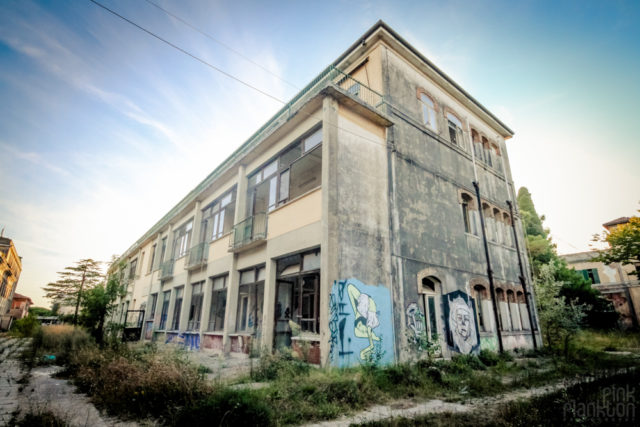
There was no immediate interest in the building, so the property was left unprotected and unsecured, leading to serious vandalization. The property was also looted, and copper pipes, furniture, and equipment were stolen. Windows were broken, including the stained glass ones, and water leaks began to threaten the mural on the ceiling.
In 2008, the investment services company Est Capital began buying properties on the outskirts of Venice with the intention of redeveloping Lido. At the end of 2009, the company made the first payment to the city for the former hospital.
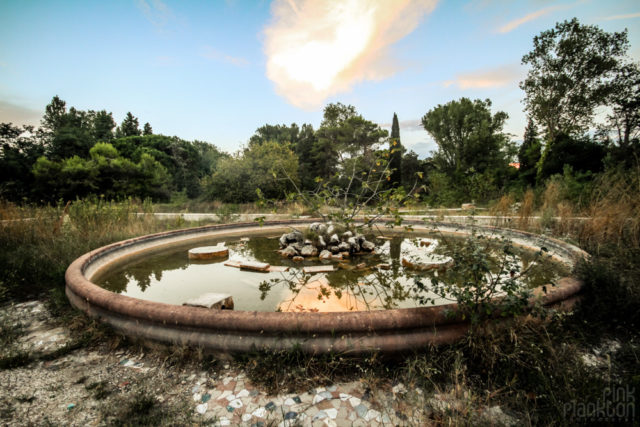
However, a protracted dispute arose over whose responsibility it was to clear the site. The city was also dragging its feet over creating a new Health Plan, a necessary step before they could demolish the hospital. It didn’t help that work on Ospedale al Mare was linked to the redevelopment of the Palazzo del Cinema, and that was held up when asbestos was found on the latter site.
Finally, in August 2011, Est Capital received environmental approval to carry on with its project. The 18-million-euro plans included building the largest marina on the Adriatic with 1,000 berths, a 500-space parking lot, and three six-story towers. The beach would have 300 bathing huts erected.
While various disagreements and disputes were ongoing, the condition of the property quickly deteriorated. No attempts were made to protect or preserve it, or even to secure the dilapidated buildings.
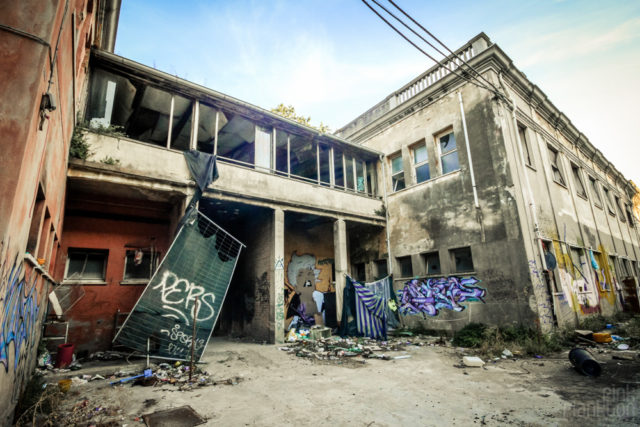
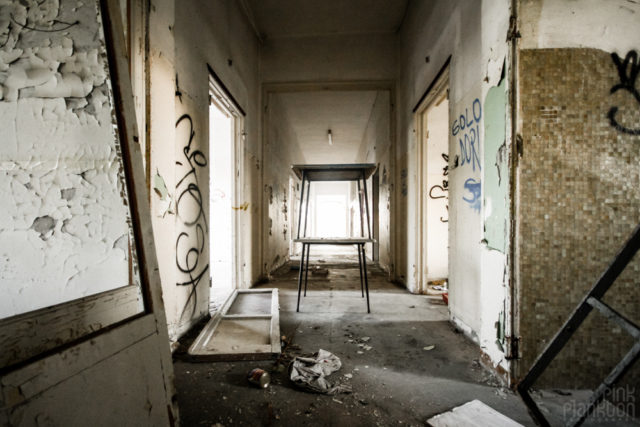
Finally, the construction plan was approved, but Est Capital demanded a refund to cover previous costs. The dispute went to court, and the eventual result was that €31 million was returned to the company in the spring of 2013, and the contract came to a bitter end.
Once the deal with Est Capital was no longer going ahead, Ospedale al Mare was put back on the market for 58 million euros.
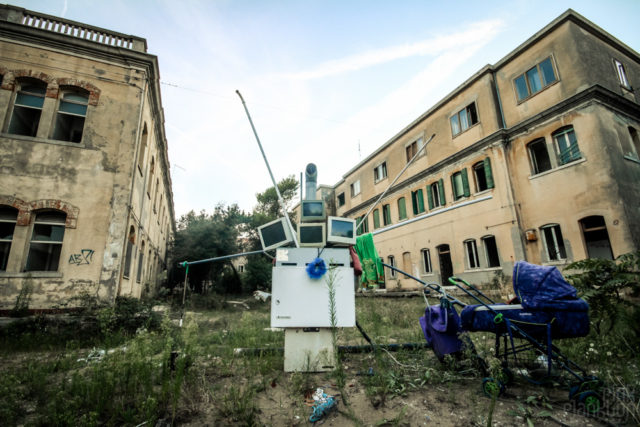
Despite being abandoned by the city, Ospedale al Mare was still used by several groups. It became a housing site used by squatters, and some of the rooms have inspired artists who have either left graffiti on the walls or created sculptures from the detritus left lying around.
There have also been some local preservationists living there in protest of redevelopment plans. Interestingly, their presence there meant that a fire was swiftly discovered, and the theater and church of St Maria Nascente were both saved as a result. In total, the Ospedale al Mare has suffered four arson attacks.
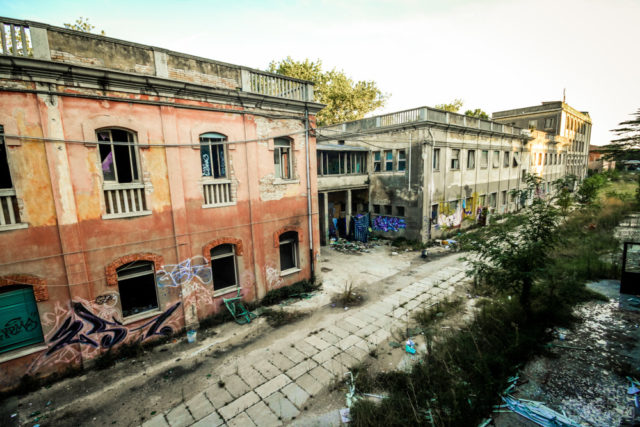
Asbestos, radiation issues, mold, red tape, local preservation activists, and restoration costs put off many potential developers for a long time. However, it seems likely that Ospedale al Mare might have a future after all.
As of February 2020, TH Resorts Group plan to turn the hospital into a resort offering 525 rooms spread across two new structures. Around 500 new jobs would be created, and the project would have an impact of 77 million euros on the surrounding area. The theater and church would also be restored and used for public functions. The project would require an investment of around 132 million euros.
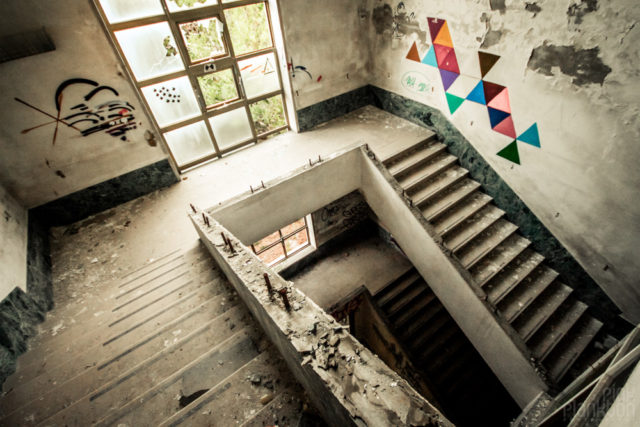
These amazing pictures of the abandoned hospital belong to Jessica Devnani, who runs the travel blog called Pink Plankton. She is a video editor and photographer from Toronto, Canada. Jessica’s portfolio focuses on visual storytelling and documenting modern-day festival culture. Visit her Pink Plankton website and feel free to get in touch with her!
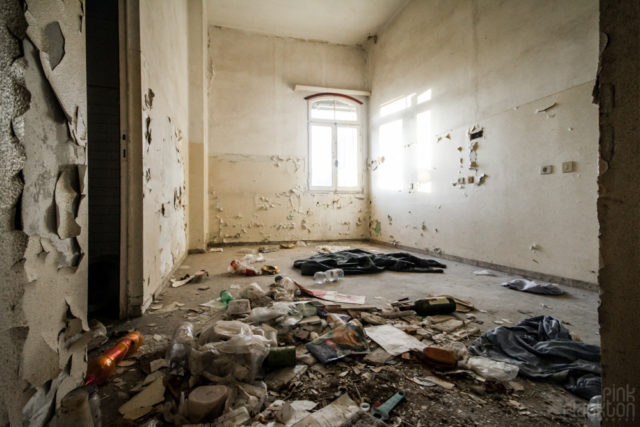
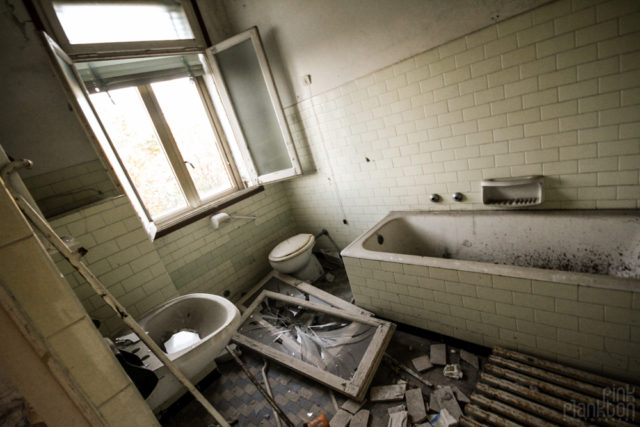
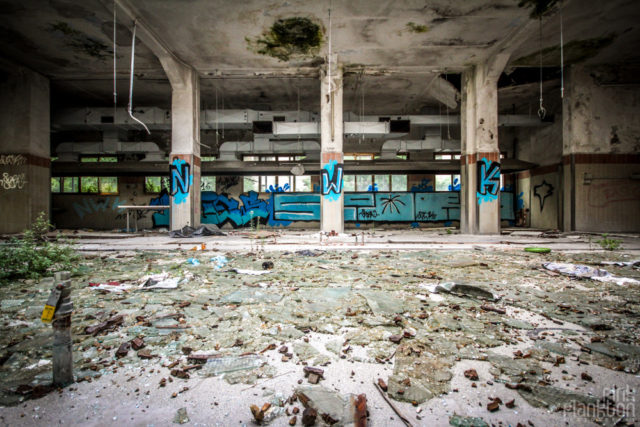
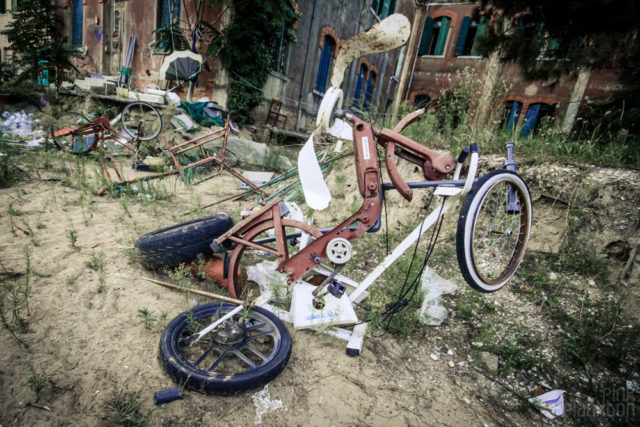
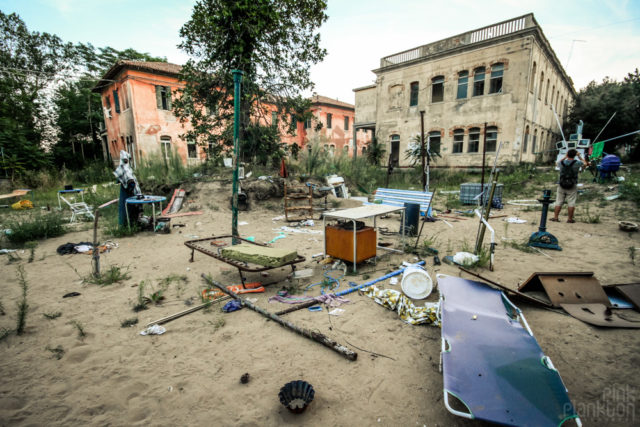
Another Article From Us: Remaining Derelict Cornish Engine Houses
